On March 29th, 2018, the Cotsen Foundation for the ART of TEACHING, held a CGI counting collections lab day for grades 3-5 at Juan De Anza Elementary School. The focus of the day was counting collections and how it can connect to upper-grade math.
Counting is an essential building block of mathematics. In many ways it’s the foundation upon which subtraction, multiplication, division, estimation, rounding and algebraic thinking build. Experience with counting provides a solid foundation for future experience with addition, subtraction, multiplication, and division (National Research Council 2001). Its importance in primary grades cannot be stressed enough but counting activities can also be greatly beneficial to upper grades as well.
Counting collections is a powerful instructional activity that engages students in rich mathematics and can be refined and broadened to pursue a broad range of mathematical goals. Students are given a collection of items such as Legos, push poppers, bracelets, etc, and the objective of the activity is to use these items to find the total number of items in the bag. Teachers may notice that students in the early stages of counting collections often count each item one-by-one and as their mathematical strategies grow, they move to counting by twos, fives, or tens.
The collections’ activity can also be modified to lend itself to a multitude of mathematical concepts. By increasing the size of the collections or including packaged items in the collections, teachers can encourage upper grade students to develop ideas about multiplication, repeated addition, and composition of numbers.
The day’s learning was facilitated by educator and math specialist Nick Johnson of UCLA and the Orange County Department of Education. “I wanted our group to explore what kinds of math content and what kinds of standards connections we can put on the table through counting collections in upper grades,” said Nick. “We looked at what kinds of math we see happening when kids count collections with packaged items versus loose items.”
Throughout the lab day, teachers explored the use of upper grade counting collections with packaged items that contained unfriendly numbers. (12 pack of Crayola colored pencils, 72 pack golf pencils, etc.) The counting collections bags held both multiple packaged items as well as loose items, making the count more complex.
“The packaged items force certain kinds of groupings on our students and it creates different kinds of mathematical opportunities,” said Nick. “I think it’s also a nice bridge into trying to write some number sentences around how you count your collection or organize your collection.”
“When I was first exposed to counting collections, I thought it was too simplistic for my kids,” said Sylvia Wagner, third grade teacher at Juan De Anza Elementary. “But really it’s not. It’s not just about “counting” the collections. As a teacher, you can see multiple things revealed in your children’s comprehension of math.”
“This year I had a few students who were really struggling with their math in my class,” said Glafy Carr, fourth grade teacher at Juan De Anza Elementary. “I had our class do the counting collection activity with cubes and base ten blocks and when I did this I watched one of the students who I knew was having a hard time. As I watched her, I saw she was counting everything by ones, which was going to take her a long time since we were working with a big collection. So, I dropped in to pair together two blocks at a time and have her count that way. When I did this, she couldn’t keep the count. I didn’t realize that as a fourth-grade student, she couldn’t count by twos. After that, I wished I would have started with this activity months and months ago. Counting collections is amazing because it reveals the range of math awareness in your classroom. It really gives you the opportunity to see where your students are in the spectrum of math, allowing you to assist them where they are really struggling.”
To learn more about Counting Collections, follow this link https://achieve.lausd.net/cms/lib/CA01000043/Centricity/Domain/172/math_elementary/counting_collections.pdf


